EDITORIAL
Published on 28 Sep 2021
Editorial: Foodborne Enterobacteriaceae of Animal Origin
doi 10.3389/fcimb.2021.772359
- 3,219 views
- 13 citations
16k
Total downloads
69k
Total views and downloads
Select the journal/section where you want your idea to be submitted:
EDITORIAL
Published on 28 Sep 2021
REVIEW
Published on 29 Jun 2021
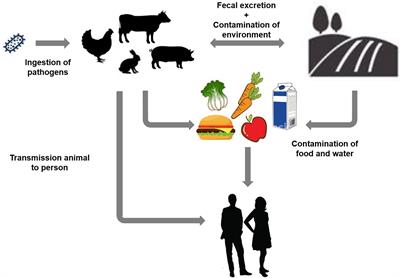
REVIEW
Published on 28 Jun 2021
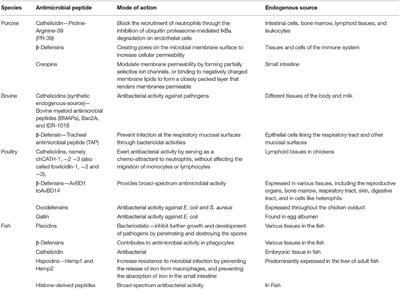
ORIGINAL RESEARCH
Published on 15 Jun 2021
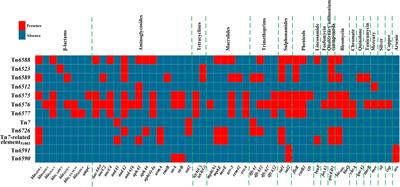
ORIGINAL RESEARCH
Published on 25 May 2021
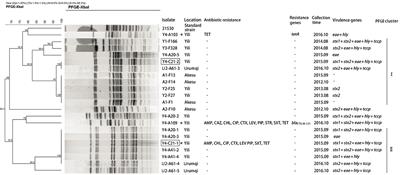
ORIGINAL RESEARCH
Published on 23 Mar 2021

ORIGINAL RESEARCH
Published on 17 Mar 2021
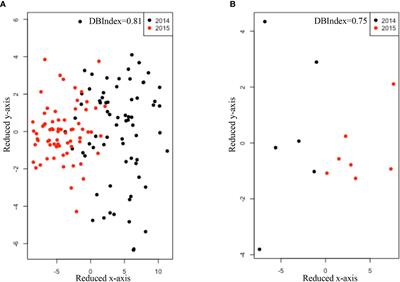
ORIGINAL RESEARCH
Published on 16 Mar 2021
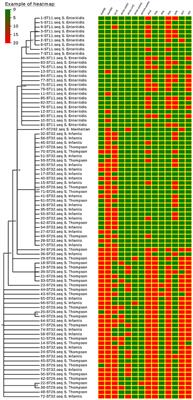
ORIGINAL RESEARCH
Published on 12 Mar 2021
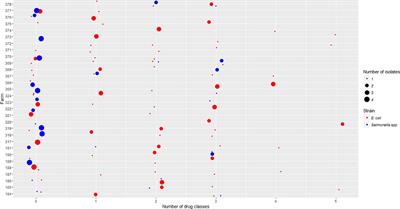
ORIGINAL RESEARCH
Published on 24 Feb 2021
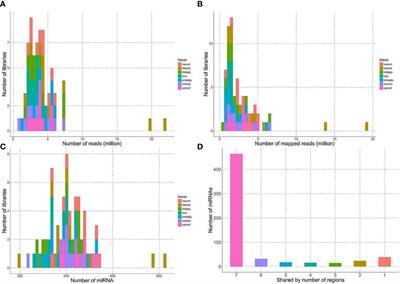
ORIGINAL RESEARCH
Published on 17 Dec 2020
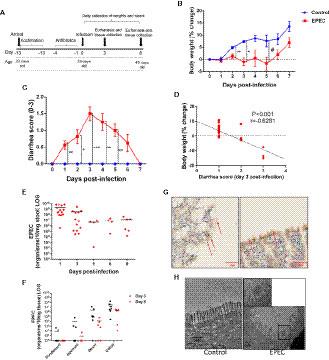
ORIGINAL RESEARCH
Published on 09 Dec 2020
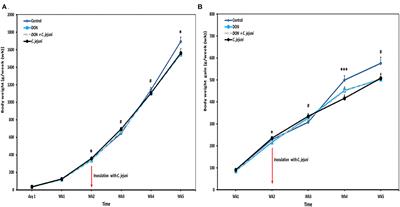

Frontiers in Veterinary Science